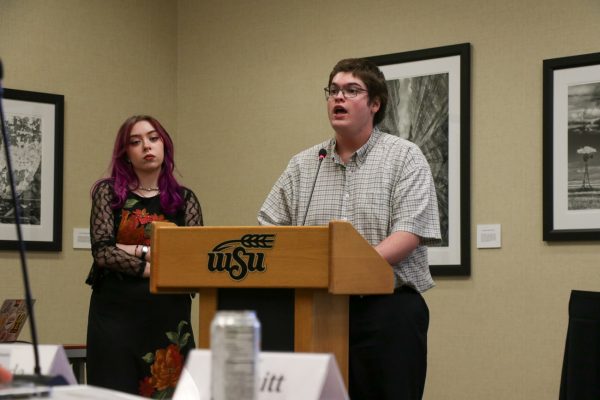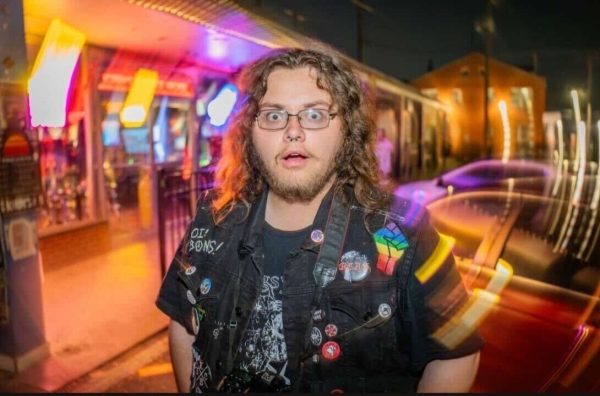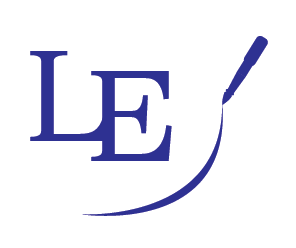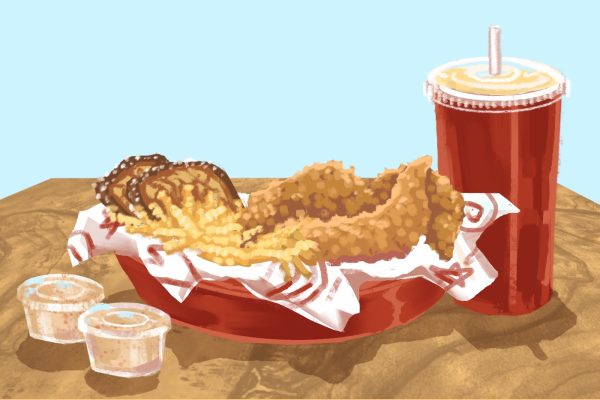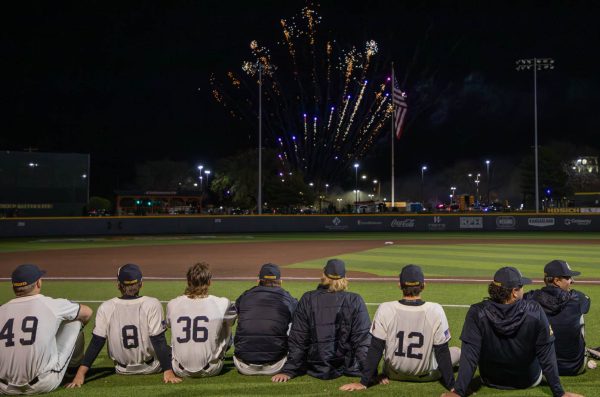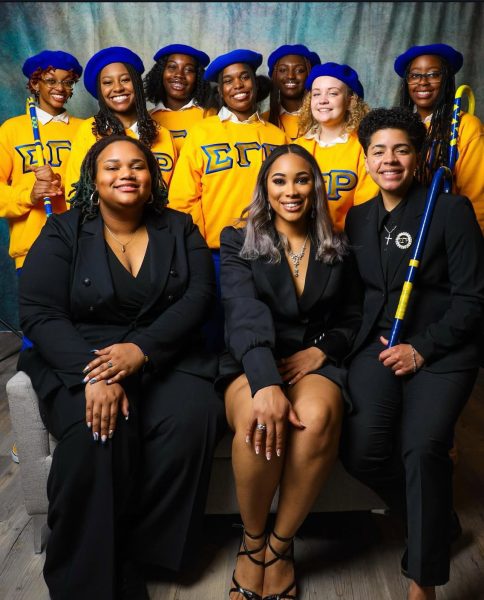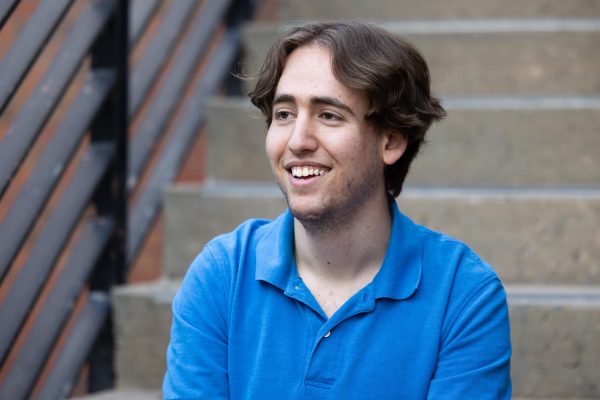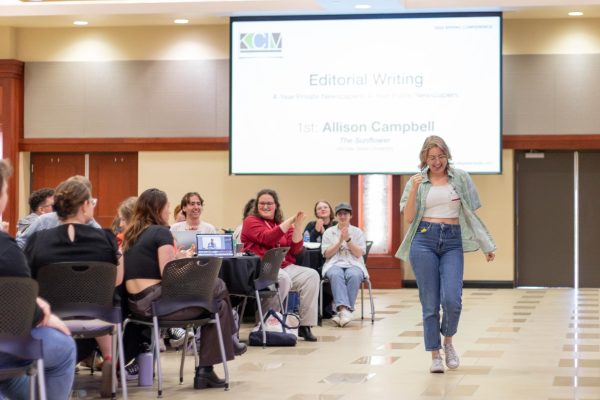On Innovation Campus updates
If you have driven by the Innovation Campus recently, you’ve seen all of the construction that is underway. I thought it would be useful to give you an update.
If all goes according to plan, the campus will be transformed in significant ways by the end of 2016, with more changes still to come. Below is a summary of the major projects that have begun. Just as a reminder, the base university budget is not being used for any of this construction.
Experiential Engineering and the Airbus Buildings:
The first two buildings for the campus are under construction near 17th Street. The one closest to 17th is the Experiential Engineering Building and GoCreate maker space. This building will house 24 hands-on laboratories as well as unique advanced manufacturing equipment, which will highlight new technologies changing industry. The other building will house the Airbus engineering center, which will bring professional engineers to campus and offer unparalleled applied learning opportunities for our students. Both of these buildings should be completed in the fall and be ready for occupancy by the spring semester.
Basic infrastructure:
Sewer, water, gas, electric and fiber all are being installed. These are the “trunk lines” to which future buildings will be attached.
Water detention:
To keep runoff from draining into the storm sewers, a series of three detention ponds have been created. These ponds will become part of the environment of the Innovation Campus, so they are treated in the landscape as lakes rather than utility ponds. They should become attractive outdoor features of this part of campus, add to a feeling of openness and provide places for students and others to enjoy time outdoors.
Two new roads:
Innovation Boulevard will run from 17th Street to the baseball stadium. It will be the core north-south artery for this part of campus. A second road, 19th Street, is under construction. It will connect Oliver to Innovation Boulevard.
Pedestrian way:
A new pedestrian way will run from the Experiential Engineering Building to the Marcus Welcome Center. It is the primary organizing walkway for the campus, and new buildings — such as the new Barton School of Business and a possible residence hall — will be located along this pedestrian way. The pedestrian way will also cover underground utilities and accommodate emergency vehicles.
Food truck center:
The construction across from NIAR and near the physical plant is for the food truck center. This will involve a pull-in area that can accommodate up to four food trucks and a small plaza with picnic tables so patrons can eat outside during nice weather.
Parking, parking, parking: Several new lots are under development and are expected to be completed during the summer and fall, providing 869 new parking stalls:
Marcus Welcome Center lot expansion:
The lot in front of Marcus will be closed this summer to allow its redevelopment and expansion toward 21st Street. The improved lot will be much more attractive, integrate greenery and provide parking and outdoor spaces to support a coffee house expected to be built next to 21st Street.
Parking for Airbus and the Experiential Engineering Building:
Lots will be built to the west of Innovation Boulevard to accommodate the needs of these buildings.
Greenery:
Landscaping including trees, shrubs and other plantings will be placed along the roads and walkway to begin creating the campus atmosphere that will define the Innovation Campus.
With these projects all underway, there is a great deal of activity on many parts of the Innovation Campus. You also should be aware that there are a number of negotiations underway that include a coffee house, hotel, restaurants, recreation facility and other partnership buildings. If any of these negotiations are completed successfully, they will be announced to campus.
Please also remember that the Innovation Campus is not a short-term project. It could be completed in the next five to 10 years, or it could take 30 or more years to mature. There is no timeline established, and the intent is to provide opportunities for our students to enhance their education and for faculty and staff to develop research partnerships that can make a difference.
— University President John Bardo




